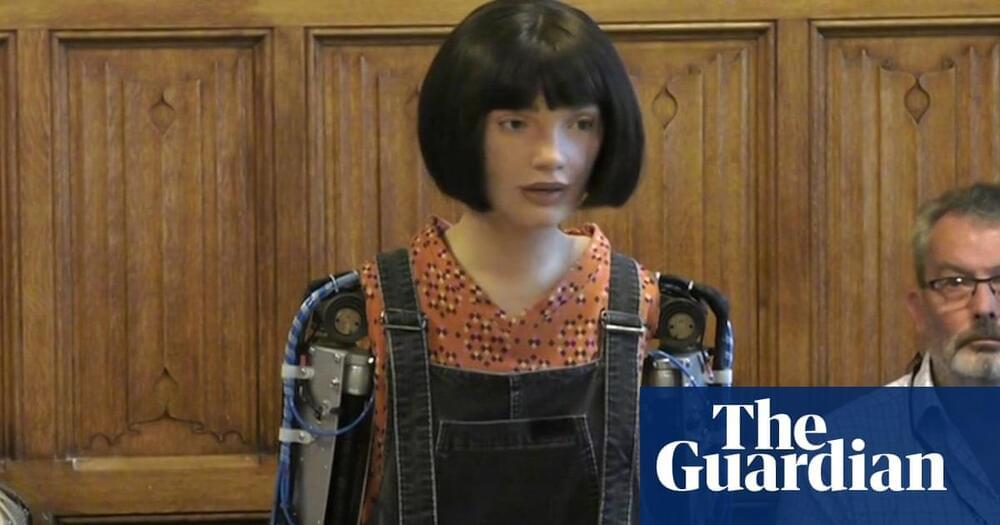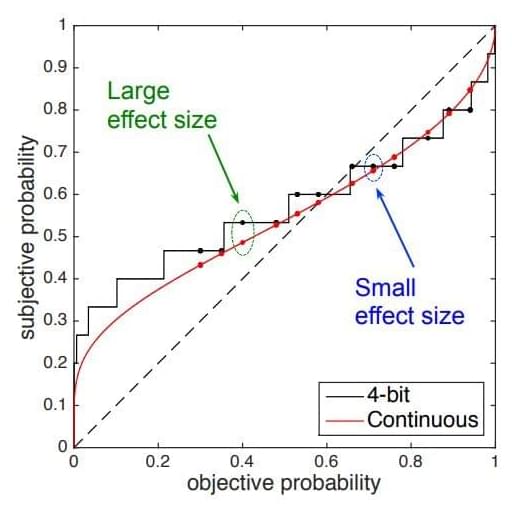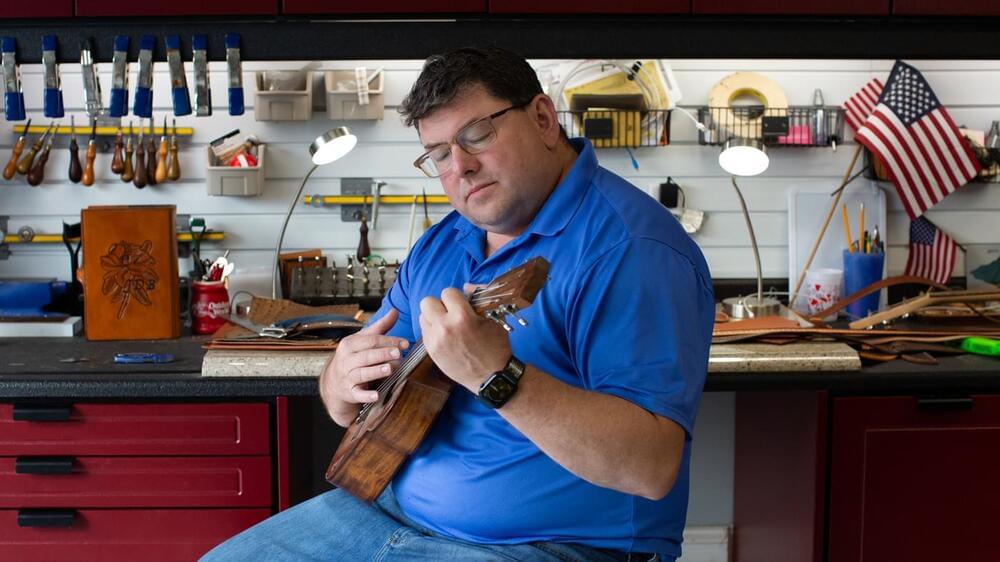Circa 2017 face_with_colon_three
To demonstrate this, researchers stored historic audio recordings on these molecules for the first time and then retrieved them with 100 percent accuracy. The experiment showed that DNA not only offers a place to save a dense package of information in a tiny space, but because it can last for hundreds of years, it reduces the risk that it will go out of date or degrade in the way that cassette tapes, compact discs, and even computer hard drives can.
“DNA is intrinsically and exquisitely a stable molecule,” Emily Leproust, CEO of the biotech firm Twist Bioscience, which works on DNA synthesis, told Seeker. Her company collaborated with Microsoft, the University of Washington, and the Montreux Jazz Digital Project on the DNA data feat.
The two performances they stored and retrieved, “Smoke on the Water” by Deep Purple and “Tutu” by Miles Davis, are the first DNA-saved files to be added to UNESCO’s Memory of the World Archive, a collection of audio and visual pieces of cultural significance. Both were performed at the Montreux Jazz Festival, an annual event in Switzerland.






